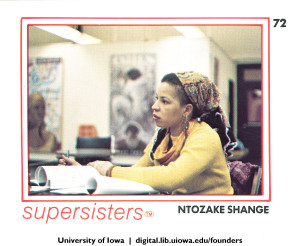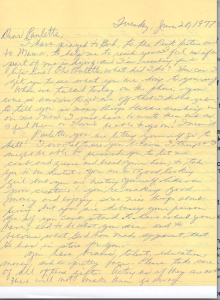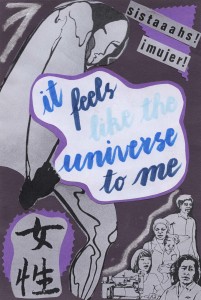
If we are drawn for a number of reasons/ to the lives & times of black people who conquered their environments/ or at least their pain/ with their art, & if these people are mostly musicians & singers & dancers/ then what is a writer to do to draw the most from human & revealing moments from lives spent in nonverbal activity.
(Shange, Ntozake. Lost in Language & Sound 14)
From there, Shange calls upon us to syncretize all of our forms of creation. Writing and dancing are indispensable to each other as form of making, breathing with, moving to, listening to rhythm. Writing itself is a rhythmic effort that calls upon the body to breathe and move through sets of unrecognizable grammars until we can form our own language. Dance is a polysyllabic, multi-form, amalgamation of syncopated heartbeats – an effortful, physical calligraphy etched onto the living landscape of breath. Music somehow conveys all that we have always known about ourselves, the world, and each other.
Ntozake Shange has always insisted on calling upon all of her capacities to stir up joy to write, dance, and make music with her breath and body. I respond to Shange’s call to move and invite my fellow lovers of Shange to join me for a workshop on collaborative dance and writing through collective writing, reading, and movement. I hope this workshop will fit into the context of my peers’ work, picking up from where Michelle Loo started in her collaborative zine happenin’ Time to Greez.
My hope is that through movement, we will put together the fragmented pieces of our memories to create an embodied narrative that continues the legacy of Shange, and countless Black women writers, dancers, movers, and thinkers through the timelessness of the choreopoem.
Saturday April 30, 2016
Studio 1, Basement of Barnard Hall
10am-12pm
7pm-9pm
bring hydrated bodies, bare feet, and kind spirits







